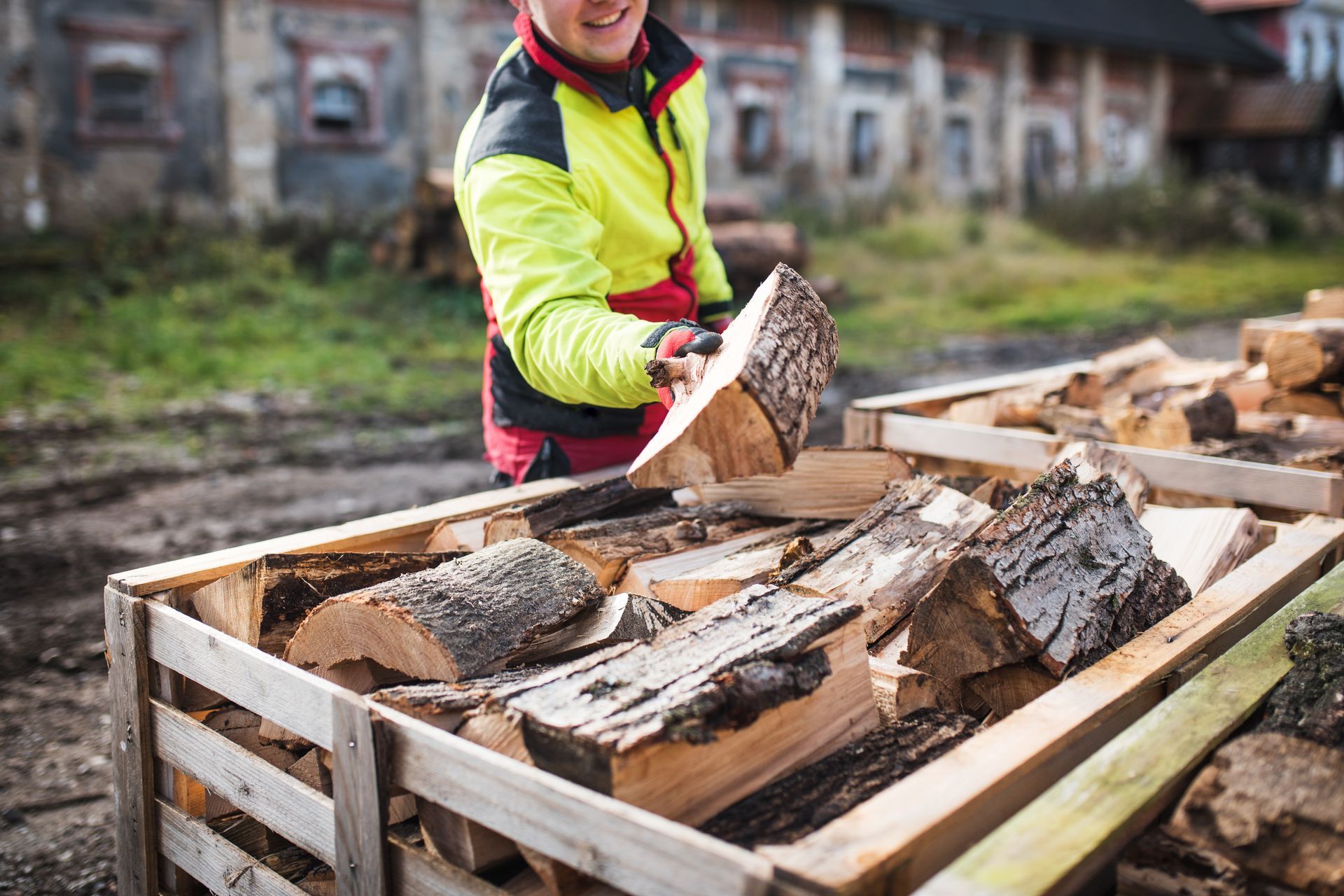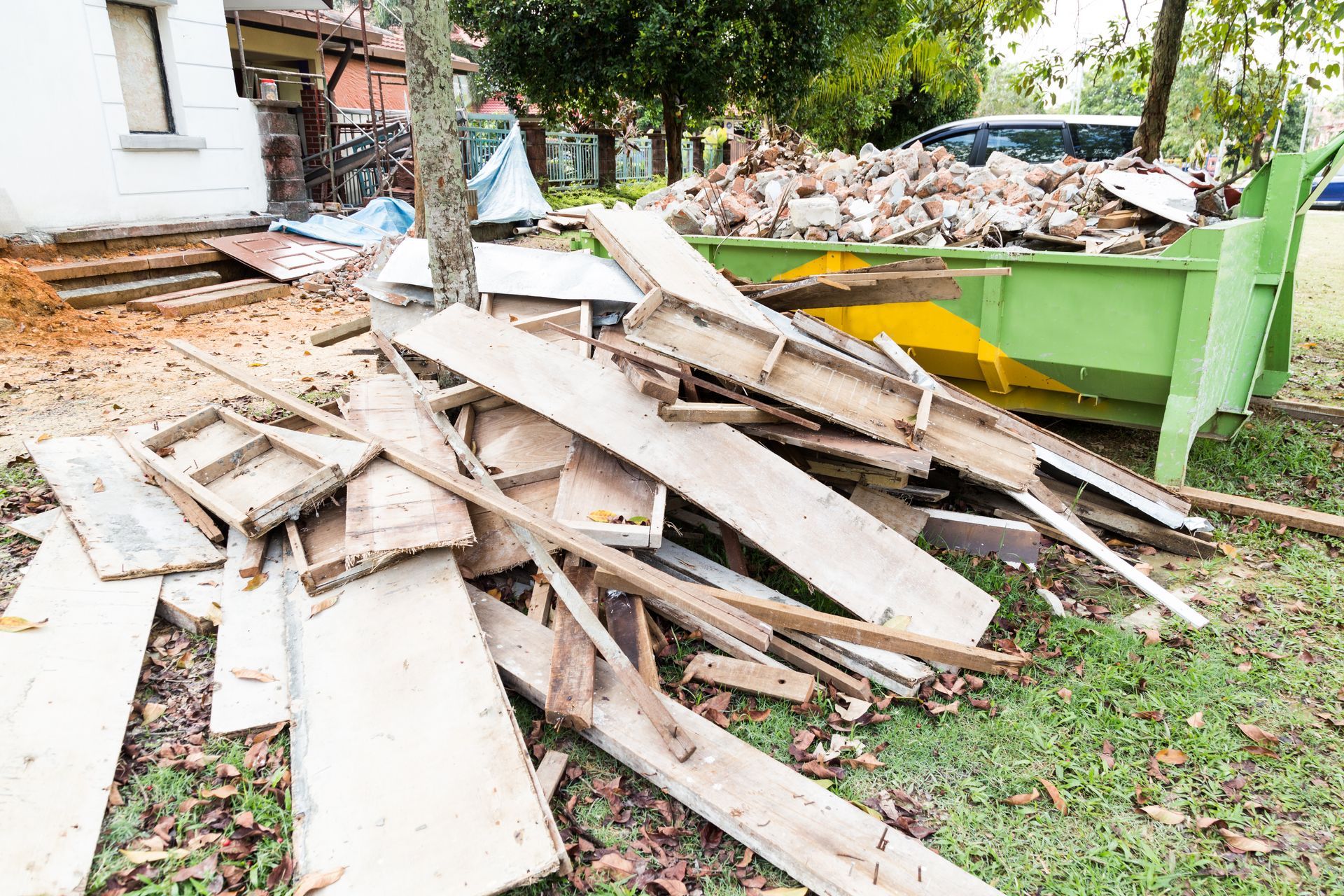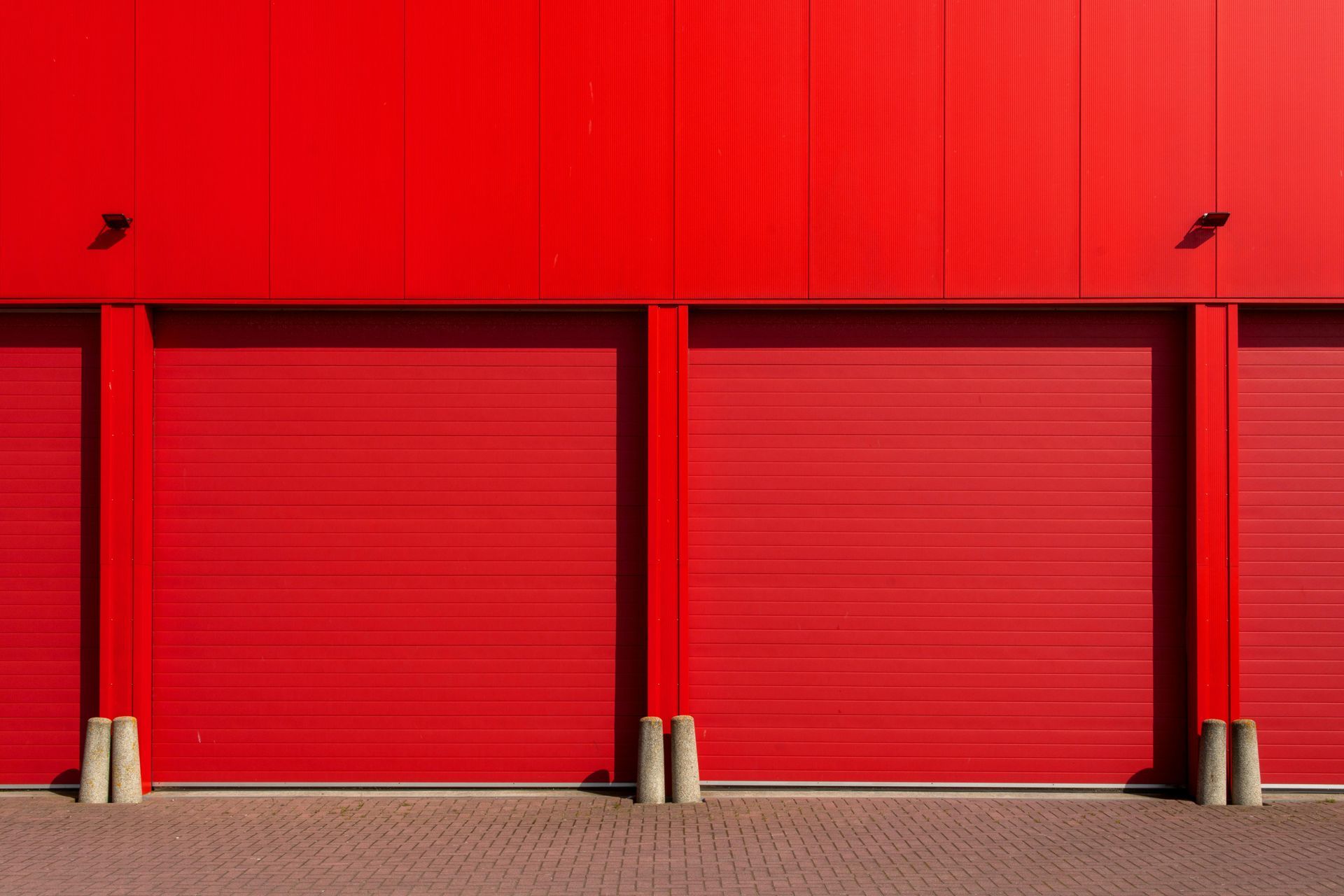How Much Firewood Do You Need for a Full Winter Season?
As temperatures drop, having enough firewood on hand is essential to keep your home warm and cozy all winter long. Whether you rely on a wood-burning stove, fireplace, or outdoor fire pit, knowing how much wood to store can make the difference between comfort and frustration during freezing months.
The exact amount you need depends on several factors—your home’s size, insulation, local climate, and how often you burn wood. Below, we’ll break down how to estimate the right supply of firewood and why planning ahead helps you avoid mid-season shortages.

What Affects Firewood Usage?
There’s no universal answer for how much wood you’ll burn in a winter season, but understanding these key factors helps you make an accurate estimate:
- Home size and insulation: Larger or poorly insulated homes require more wood to maintain warmth.
- Heating habits: Households that use wood as a primary heat source burn far more than those who use it occasionally for ambiance.
- Climate and temperature range: Colder regions naturally require more consistent burning throughout the day.
- Wood type: Hardwoods like oak and maple burn longer and hotter than softwoods such as pine or spruce.
- Stove or fireplace efficiency: Modern, EPA-certified stoves use less wood to produce the same amount of heat compared to older models.
Average Firewood Requirements for the Winter
For most homeowners in cold climates, a full winter season typically requires between 3 to 6 cords of seasoned firewood.
- If you use wood as a primary heat source, expect to burn about 4 to 6 cords from November through March.
- If you use wood as supplemental heat, such as evenings or weekends, 1 to 2 cords may be sufficient.
A cord of wood measures 4 feet high, 4 feet wide, and 8 feet long—about 128 cubic feet total. For smaller properties or limited storage, a half cord may be a more practical short-term option.
To make your firewood last longer, burn seasoned wood and store it in a dry, covered area with proper airflow.
Tips for Storing Firewood Properly
Even if you buy the right amount, poor storage can cause moisture buildup and mold growth. Follow these steps to preserve your supply:
- Keep wood off the ground: Use pallets or racks to prevent moisture absorption.
- Cover the top, not the sides: This allows airflow while keeping rain and snow off.
- Stack in rows with space between: Proper spacing helps wood dry evenly.
- Rotate older wood first: Burn the oldest, driest logs before newer stock.
- Choose a sunny, well-ventilated spot: Exposure to sunlight accelerates drying and prevents rot.
Proper storage not only preserves wood quality but also ensures each log burns cleanly and efficiently.
Signs You’re Running Low on Firewood
It’s easy to underestimate how much wood you’ve used mid-season. Some signs that it’s time to restock include:
- Your woodpile is less than one-third of its original size.
- You’re relying on smaller, less seasoned pieces.
- Fires take longer to light or don’t produce consistent heat.
If you notice these issues, schedule a firewood delivery before the next cold front arrives to avoid scrambling in freezing temperatures.
Conclusion
The amount of firewood you need for winter depends on how often you burn, what kind of wood you use, and how you store it. On average, most homes will need between 3 to 6 cords for a full season of warmth and comfort.
At DnA Delivery & Junk Removal, we make it easy to stay prepared. Whether you need firewood delivery, seasonal pickup, or junk removal to clear space for your woodpile, our team delivers fast, reliable service throughout the region.











